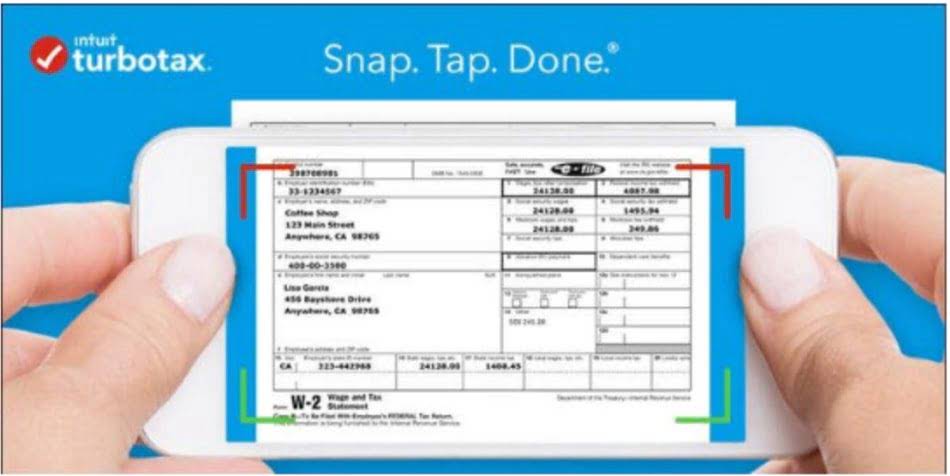
Don’t deduct payments for partners to retirement or deferred compensation Accounting For Architects plans including IRAs, qualified plans, and simplified employee pension (SEP) and SIMPLE IRA plans on this line. These amounts are reported in box 13 of Schedule K-1 using code R and are deducted by the partners on their own returns. On line 16a, enter only the depreciation claimed on assets used in a trade or business activity.
How to Find the EIN on Your Paystub When Filing Taxes
- If the partnership fails to meet the gross receipts test, Form 8990 is generally required.
- Return of Partnership Income, is an IRS tax form that partnerships use to report their business’s annual financial information.
- Penalties may be assessed if the partnership files an incomplete return.
- The partnership must file one Form 1065 to represent the tax details of the business for the tax year.
- Schedule M-1 explains any differences between the partnership’s net income on its financial statements and the partnership’s net income on the tax returns.
See Form 8858 (and its separate instructions) for information on completing the form and the information that the partnership may need to provide to certain partners for them to complete their Forms 8858 relating to that FDE or FB. Subject to limitations and restrictions discussed below, a partnership can deduct ordinary and necessary travel and non-entertainment-related meal expenses paid or incurred in its trade or business. Generally, entertainment expenses, membership dues, and facilities used in connection with these activities can’t be deducted. Also, special rules apply to deductions for gifts, luxury water travel, and convention expenses.
- Go to IRS.gov/Forms to view, download, or print all the forms, instructions, and publications you may need.
- So, if the Aggregation box is checked, the SSTB and PTP boxes for that specific aggregated trade or business shouldn’t be checked.
- If the partnership holds a direct or indirect interest in an RPE that aggregates multiple trades or businesses, the partnership must also include a copy of the RPE’s aggregations with each partner’s Schedule K-1.
- “Sale,” for the purposes of this checkbox, means a taxable transaction involving the transfer of a partnership interest.
- No such reconciliation is required if Schedule L isn’t reported on the tax basis.
Complete IRS Form 1065 Schedule B (page
- For 2024, a small business taxpayer is a taxpayer that (a) has average annual gross receipts of $30 million or less for the prior 3 tax years, and (b) isn’t a tax shelter (as defined in section 448(d)(3)).
- Rental activity income and portfolio income are reported on Schedules K and K-1.
- Don’t include in the amount reported using code A the cash contributions reported using code G.
- The difference between the partnership’s total income and its total deductions is ordinary business income profit or loss.
- Generally, a partnership doesn’t pay tax on its income but passes through any profits or losses to its partners.
- The simplest question in this section is question 1, which asks you to indicate your business entity type.
If Y were newly placed in service, its depreciable life would be 10 years straight line. The partnership adopts the remedial method with respect to property Y. In the first year, P has $10 of section 704(b) book depreciation, which is allocated equally to A and B what is a 1065 for book purposes ($5 each). However, P has $0 of tax depreciation with respect to property Y.
Who needs to file a 1065?
The partnership doesn’t take the deduction itself but instead passes it through to the partners. Attach Form 4562 to Form 1065 and show the total section 179 expense deduction on Schedule K, line 12. Any income, gain, or loss to the partnership from a distribution under section 751(b) (code L). Don’t include net gain or loss from involuntary conversions due to casualty or theft.

Recharacterization of Passive Income

They use Internal Revenue Service (IRS) Form 1065 to file an information return, but the business doesn’t pay taxes from this return. Instead, the partners pay their share of the taxes on their personal returns. Form 8990, Schedule A, requires certain foreign partners to report their allocable share of EBIE, excess taxable income, and excess business interest income, if any, that is attributable to income effectively connected with a U.S. trade or business. If the partnership elects to aggregate more than one trade or business that meets all the requirements to aggregate, the partnership must report the aggregation to partners on Statement B, or a substantially similar statement, and attach it to each Schedule K-1.

Line 22. More Than One At-Risk Activity
Generally, a partnership doesn’t pay tax on its income but passes through any profits or losses to its partners. Partners must include partnership items on their tax retained earnings or information returns. Form 1065 is essential for domestic (and some foreign) partnerships to report profits, losses, deductions, and credits to the IRS. This tax form ensures that income is properly passed through to partners for individual reporting.